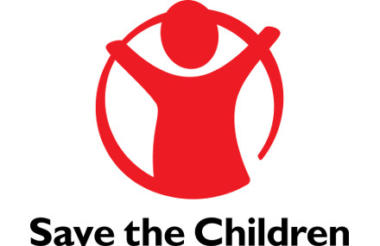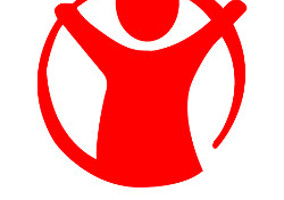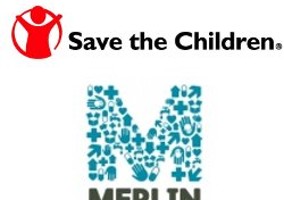Save the Children UK spent £464,000 on severance payments and has seen a drop in its total headcount, its recently published accounts for the year to December 2016.
The charity told Civil Society News that three UK-based members of staff had been made redundant during the year, while a significant number of programme staff were transferred to Save the Children International.
Save the Children UK saw a a drop of 490 in its full-time equivalent staff members in the space of a year. The majority of this reduction in staff, according to the charity’s most recent annual accounts published yesterday, is due to the closing down of its subsidiary, Medical Emergency Relief International (Merlin).
Merlin was acquired by Save the Children UK in 2013.
Merlin’s average full-time staff reduced from 618 in 2015 to 58 in 2016, with most of the charity’s operations moved to SCUK’s sister organisation Save the Children International.
However, some of Merlin’s operations, primarily in Pakistan, could not be transferred due to local regulatory issues and have since “substantially ceased”, the annual report said.
After winding down its Pakistan programme in 2016, the Merlin board retired with effect from 12 August 2016, and was replaced by an administrative board comprised of Save the Children UK staff.
A spokesman for Save the Children UK told Civil Society News: “In 2016 costs of £464,000 were incurred, these primarily related to severance costs for staff who had transitioned to Save the Children International from Save the Children UK and Merlin, restructuring in UK programmes and programme partnerships divisions.”
The spokesperson said only three jobs went in the charity's UK programmes and programme partnerships.
The annual report shows a “relatively high” staff turnover rate of 20 per cent.
In recent years resources from Save the Children's country offices have been being transferred to Save the Children International, which has taken a more active role in running its international aid effort.
Record income
Meanwhile, the charity raised a record income of over £405.5m in 2016, its accounts show, an increase of £15.8m from the total funds raised in 2015. The organisation’s total expenditure for the year also increased significantly to £410.1m, up from £381.8m in 2015.
The vast majority of this total income increase was generated by institutional donors, which saw an increase of £14.9m in the last financial year.
Save the Children UK also saw a large boost in performance related grants from government and multilateral organisations. Those grants totalled £233.8m in the last financial year, up from £213.7m in 2015. The largest performance related grant came from the UK central government, who made grants totalling £138.7m; the organisation also received significant grants from both the United Nations (£40m) and from the European Commission (£34.3m).
Decline in individual giving
This revenue streams helped STC to offset some losses from its individual giving channels, the total income from which decreased by £6.7m in 2016 down to £48.1m. The organisation’s expenditure on raising donations and legacies saw a slight increase of around £100,000 in 2016, up to £26.6m.
While the total costs of raising funds increased slightly, the charity did spend £1.8m less on its individual giving fundraising as a whole in 2016, however it was still by far the costliest of the organisation’s fundraising channels, with £15.3m being spent.
A spokesperson for the charity said the fall in individual giving income was due to lower emergency appeal funds received in 2016 following large appeals for the earthquake in Nepal and the Child Refugee crisis in 2015.
“We expect expenditure on raising donations to pay back over several years rather than in-year,” the spokesperson added.
Related articles












